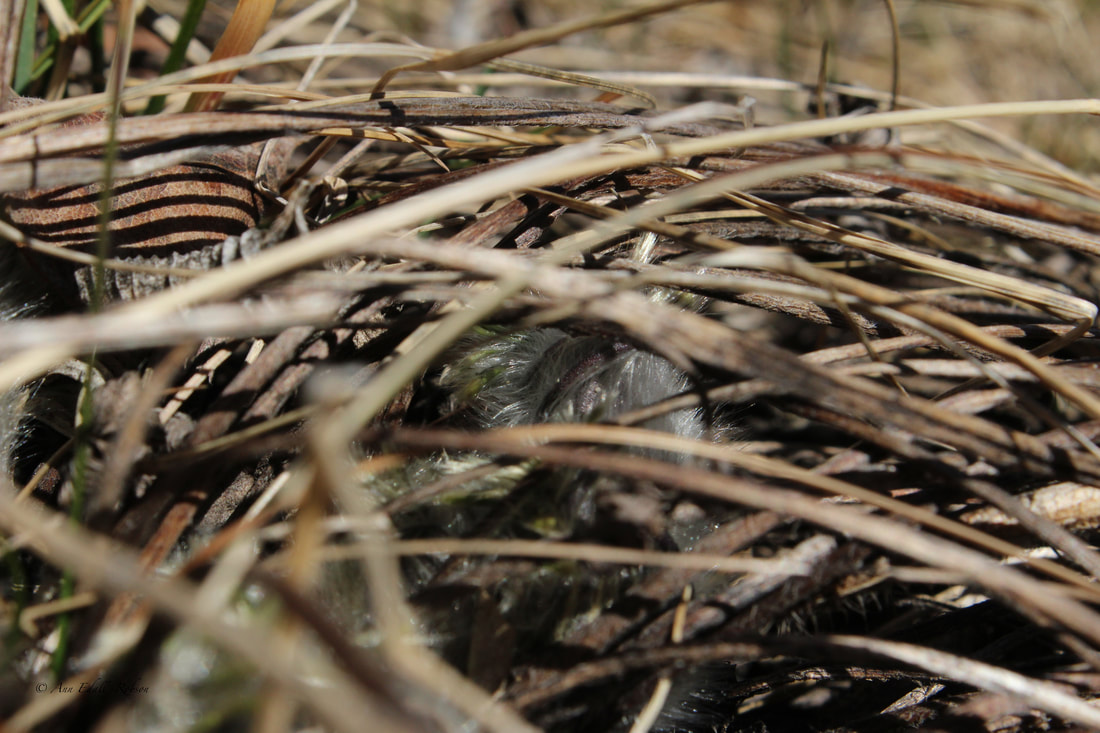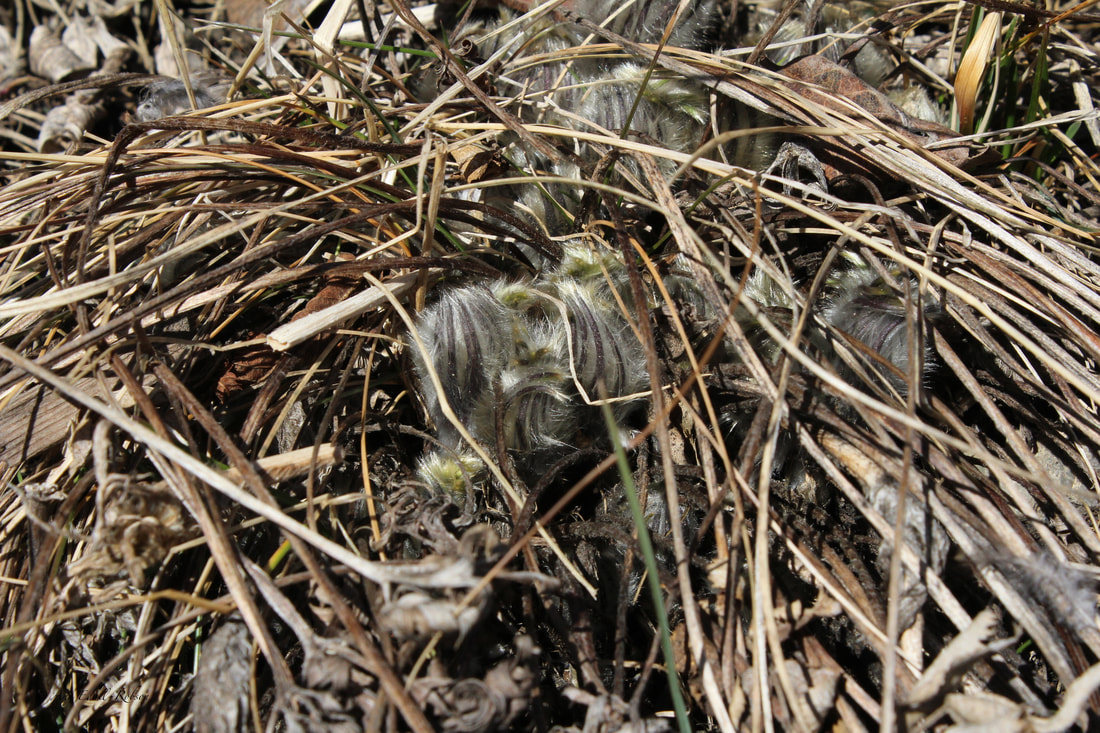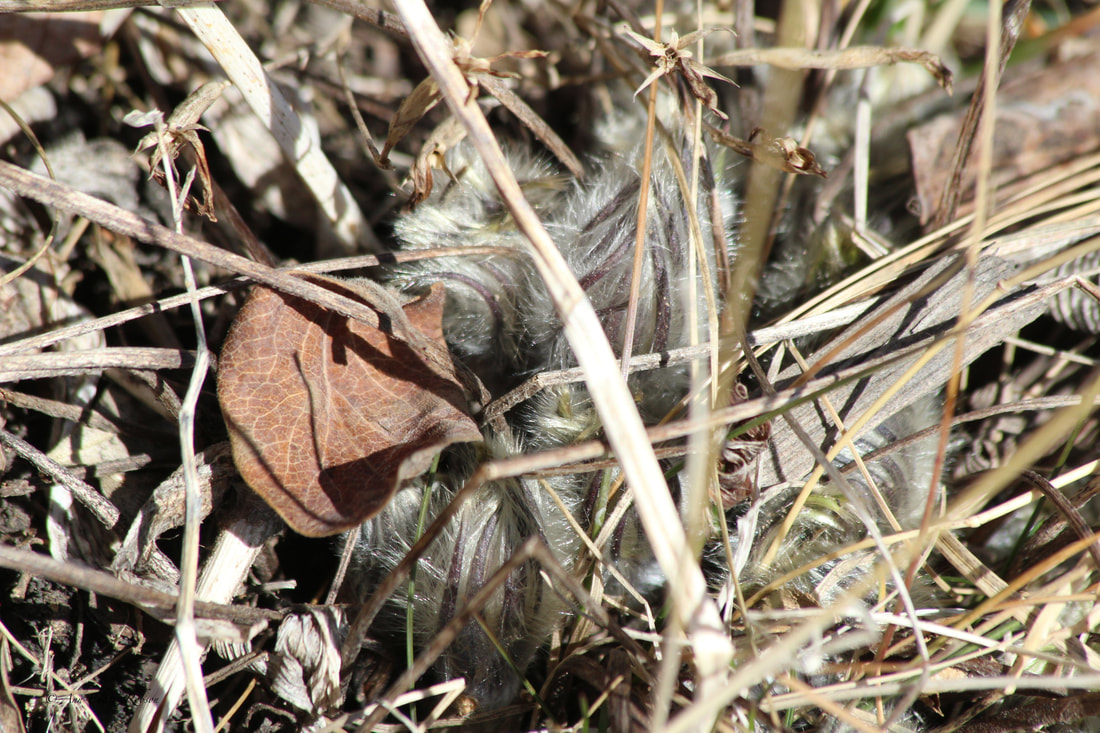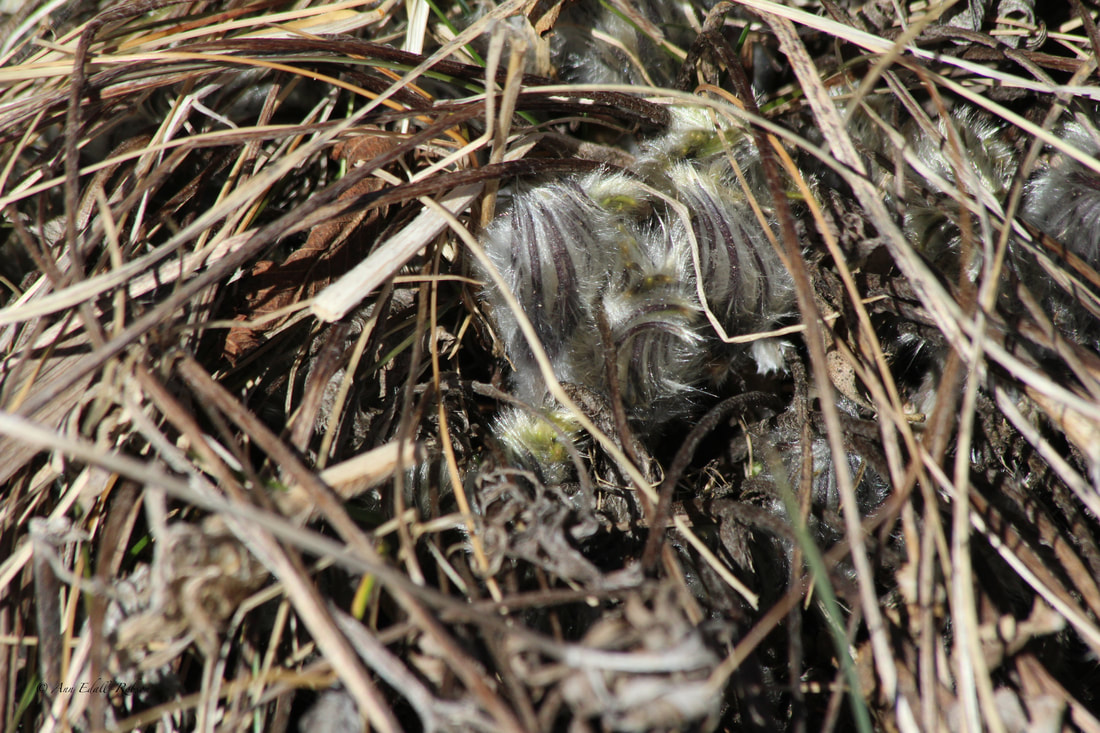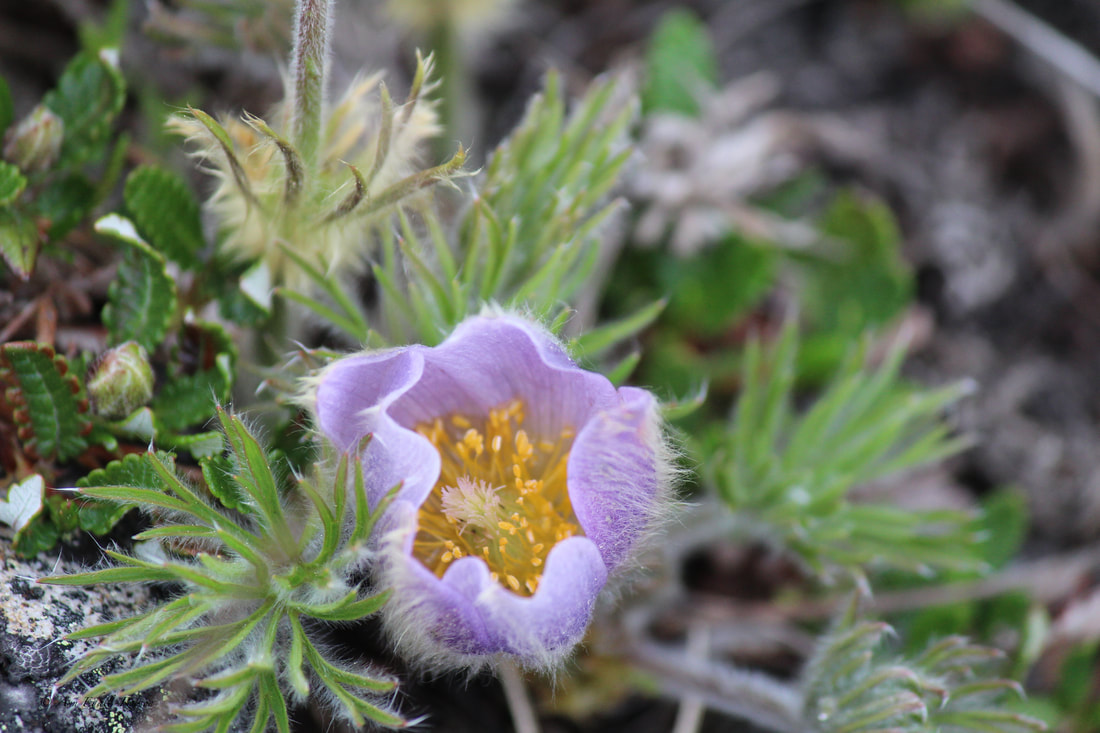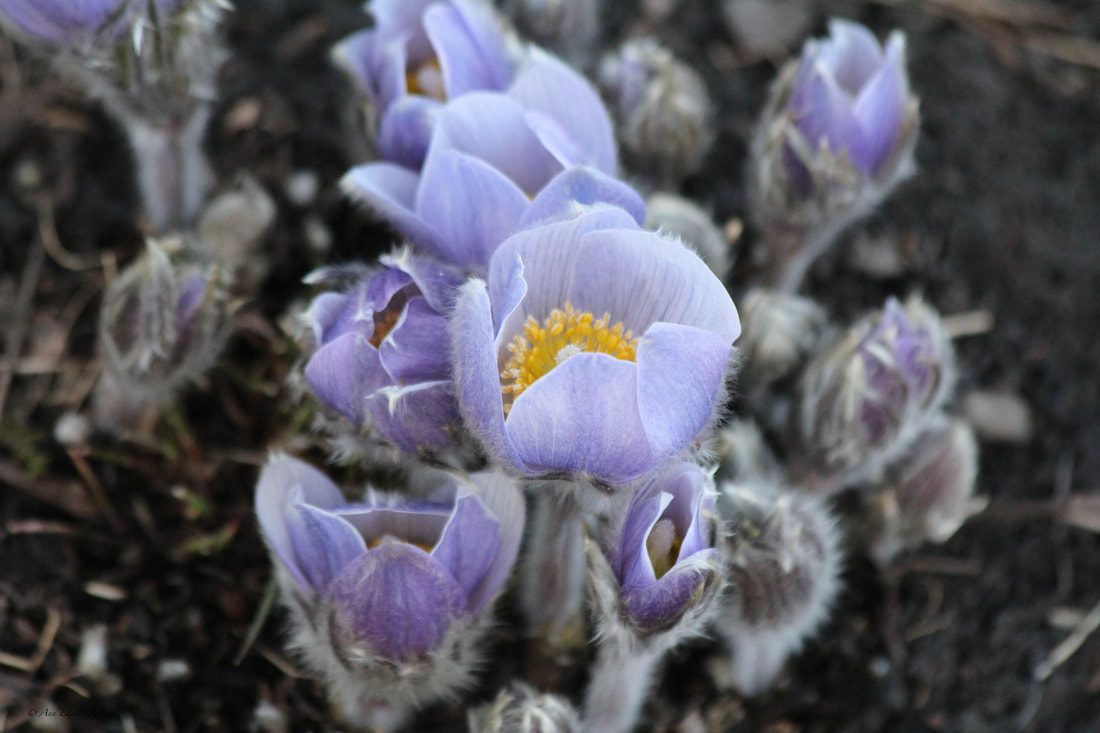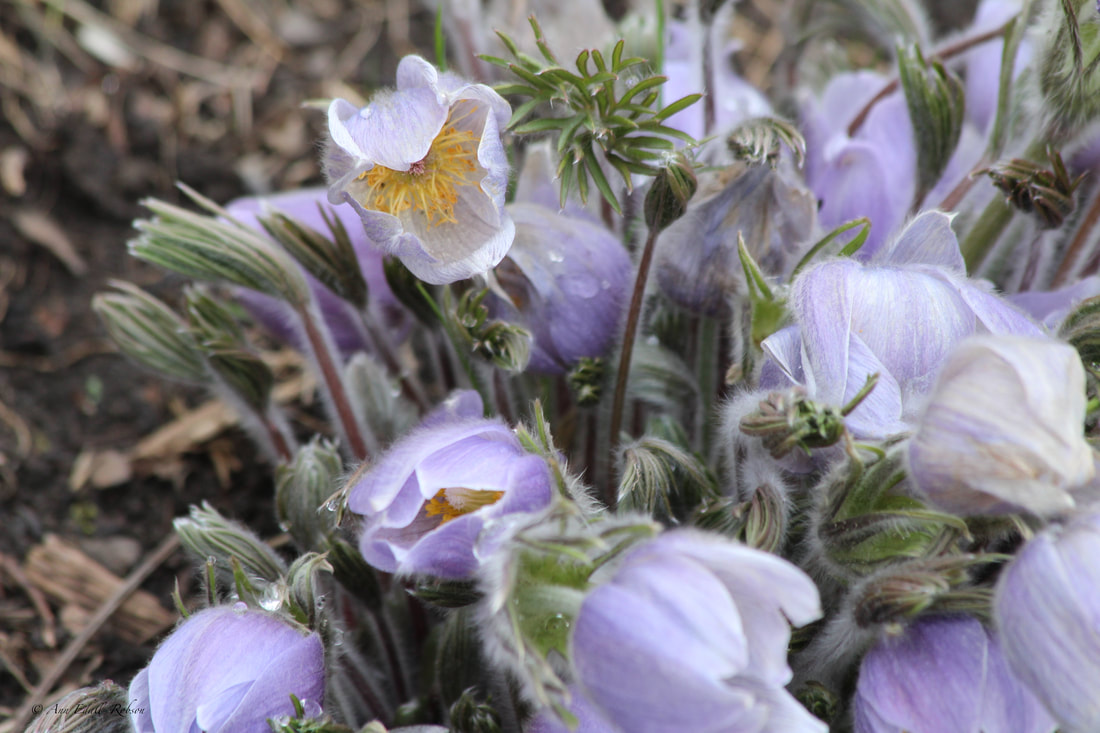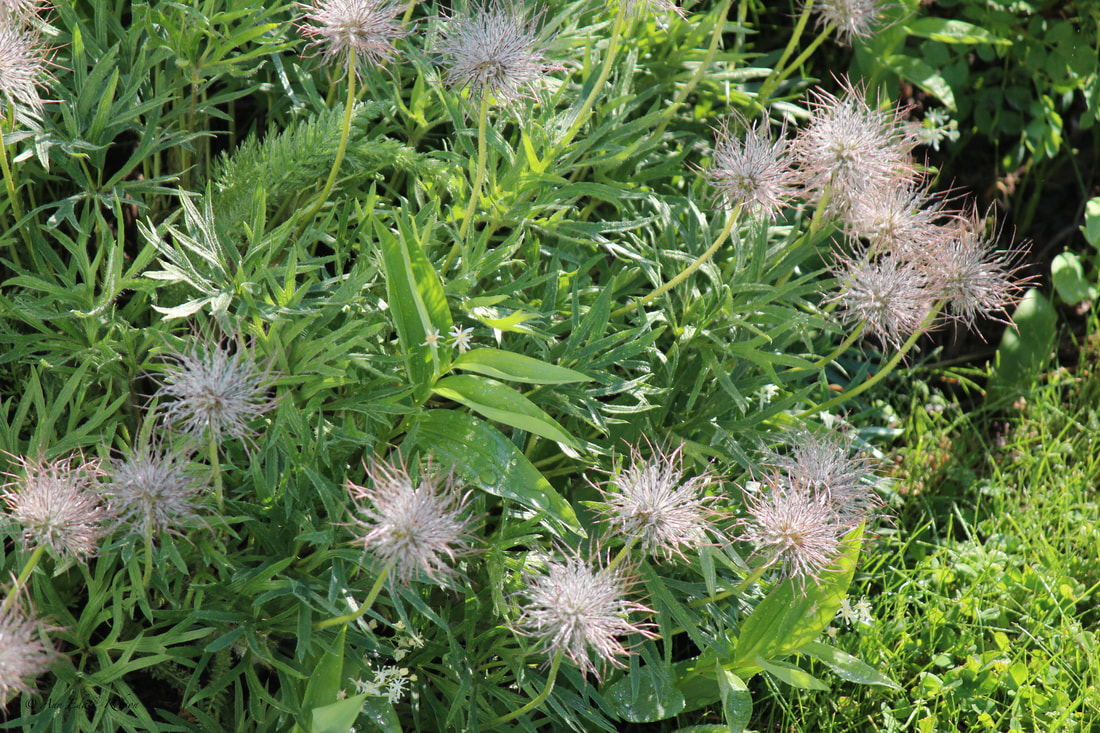Prairie Crocus
|
|
The Prairie Crocus is not part of the Crocus Family, it belongs to the Buttercup Family (Ranunculaceae).
Propagations is by seed not bulbs. They are slow growing plants taking 3 to 4 years from seed. Other names they are known by: Pasque Flower, Ears of the Earth, Prairie Crocus and Anemone patens. They do well in small spaces in well-drained to dry soil. Prairie Crocus is the pale blue to purple flower found on the prairies. Western Pasqueflower is the white flower found in alpine areas of the Rocky Mountains. |
|
Ann Edall-Robson
Author, Photographer, Lover of Life "Capturing moments others may never get to experience." Contact Wild About Flowers for availability of seeds or plugs.
#PrairieCrocusPictures #PrairieCrocus #ManitobaFlowerEmblem #AnnEdallRobson #PrairieCrocusLifeCycle
|
